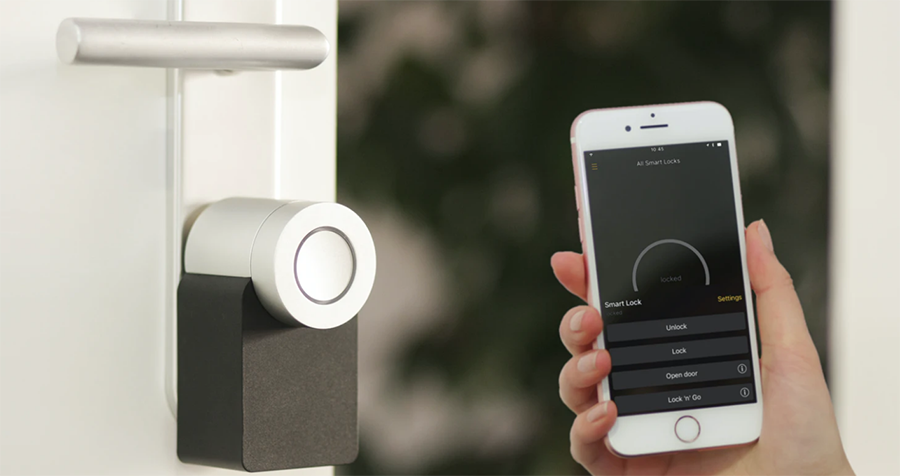If your site’s traffic is down, plenty of questions arise. A consistent or sudden drop in site traffic happens to almost every site, giving site owners plenty of sleepless nights.
Photo by Christina Morillo from Pexels: https://www.pexels.com/photo/woman-sitting-near-table-using-macbook-1181449/
This decline can signal how to react quickly with the appropriate measures. In the same way, it’s also something organic which will eventually right itself. Either way, you should know what’s going on and take appropriate precautions early on.
The good news is that plenty of data will help you sort out all the reasons for the drop. Fortunately, most of these are very much within your control.
1. Contents are hard to read
The font, color of texts, and the background will determine how easily people can read and digest your site’s content. If it’s hard to read, it’s not going to convert well.
We recommend using high-contrast color combinations and sans-serif fonts for the best results. For the font size, choose larger fonts to give users a better experience whether they’re using a desktop or use a mobile device.
2. Website is slow
According to KISSmetrics reports, load times significantly affect site performance.
Here are some key statistics: 47% of site visitors expect a site to load within two seconds or less.
- Even a one-second delay can decrease satisfaction by about 16%
- 40% of users abandon a site that takes more than three seconds to load.
- So, if you’ve been putting off optimizing your site, now is the time to do it. To check for your page loading speed, you can use Google’s PageSpeed Tool. This tool has been recently revamped, integrating actual user data. Depending on how fast they load, pages are either ranked fast, slow, or average.
3. Website design is outdated
At Sytian Productions (web design Philippines,) we always tell clients that web design matters. It’s a deciding factor whether a person will trust or distrust a site. So, if your site is outdated, it’s time to do a professional facelift.
In the same way, web design also affects web loading times and speed. If you’ve done a site migration, see if these things are still intact:
- Content doesn’t have any issues.
- Images load properly
- 301 redirects are properly mapped out.
- The inbound link structure works on your new website.
4. Poor usability
Still, a site that’s aesthetically designed means nothing if users have a difficult time using it. Make sure that everything on your site is easy to find. It’s running seamlessly, with clear call-to-actions and navigations.
Also, years ago, Google made an update where mobile users are the focus. So. If your site isn’t mobile-friendly, it won’t rank well on SERPs.
Another thing that both Google and users don’t like is intrusive pop-ups. So, avoid putting pop-ups that block users from actually reading your content.
5. Too many ads
If your site is an ad-driven model, removing ads may not be an option for you. According to a Trust in Advertising report, participants trust billboards, infomercials, billboards, and radio ads more than they do online banner ads.
Therefore, trust is a crucial element if you want to drive conversions. It also helps limit the number of ads you’re using and where they’re shown. In the same way, ads shouldn’t be the first thing visitors see, nor should they take up most of your site’s real estate more than your content.
6. Doubtful credibility and trust
Building a site is easy. However, trust plays a key factor here. Users are now smart enough to inspect every part of your site with a critical eye.
It’s also likely that they’ll be looking for signs of whether or not your site is legit and trustworthy and proof that it isn’t.
7. Navigation structure is obscure
Unclear navigation isn’t just terrible for your site but your SEO rankings. So, think about your site’s setup as if you were your own customers.
Imagine yourself as a new site visitor. How will you expect the information on the place to be organized? What are the steps that you need to take so that you can look for information that will answer your questions?
Make sure that you take the user’s needs into account. You won’t lose potential sales because of bad content organization.
8. Broken links
Finally, nothing is more frustrating than clicking on a link that doesn’t work. This can heavily affect your site and lead to a massive drop in traffic. If your page loses inbound links, Google will interpret that your site is no longer authoritative. It leads to lower site visits, less traffic, and lower rankings.
If you think that broken links are one of the main reasons you’re losing site traffic, you can use a backlink checker tool like Ahrefs.
Similarly, you can also restore lost links by doing handy link-building strategies like:
- Guest posting
- Tapping into social media marketing to earn more social shares
- Earn links via influencer marketing
Keep Calm and Optimize
Traffic decline in your site can make you worried, but it’s part of the cycle. As with any marketing strategy, you need to make specific changes in the system. There are several reasons why people leave your site, and it’s more than just the eight reasons we’ve stated here.
So, make sure that you adapt to equip yourself with the right tools and a better strategy. Good luck!










